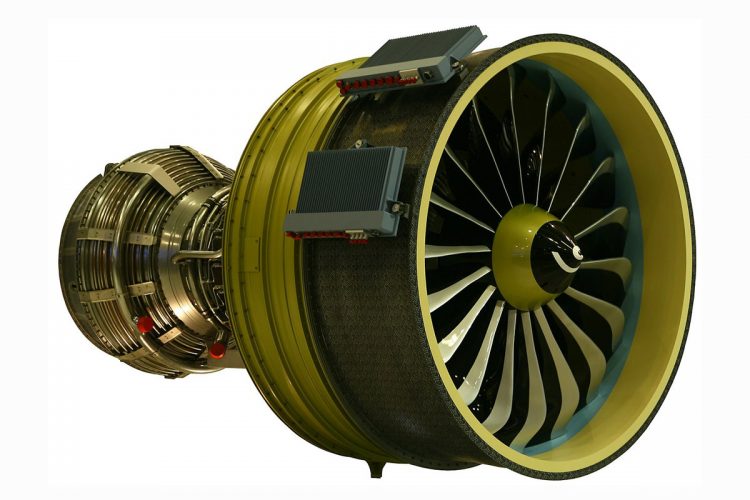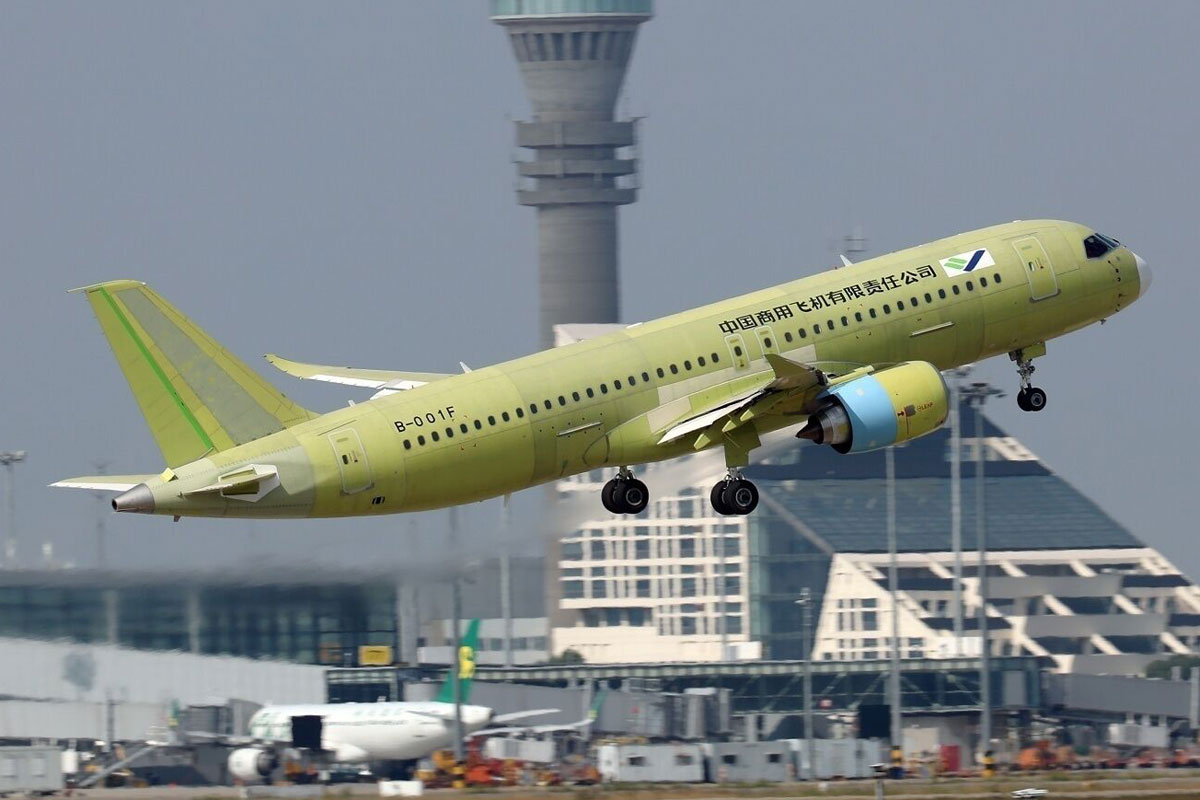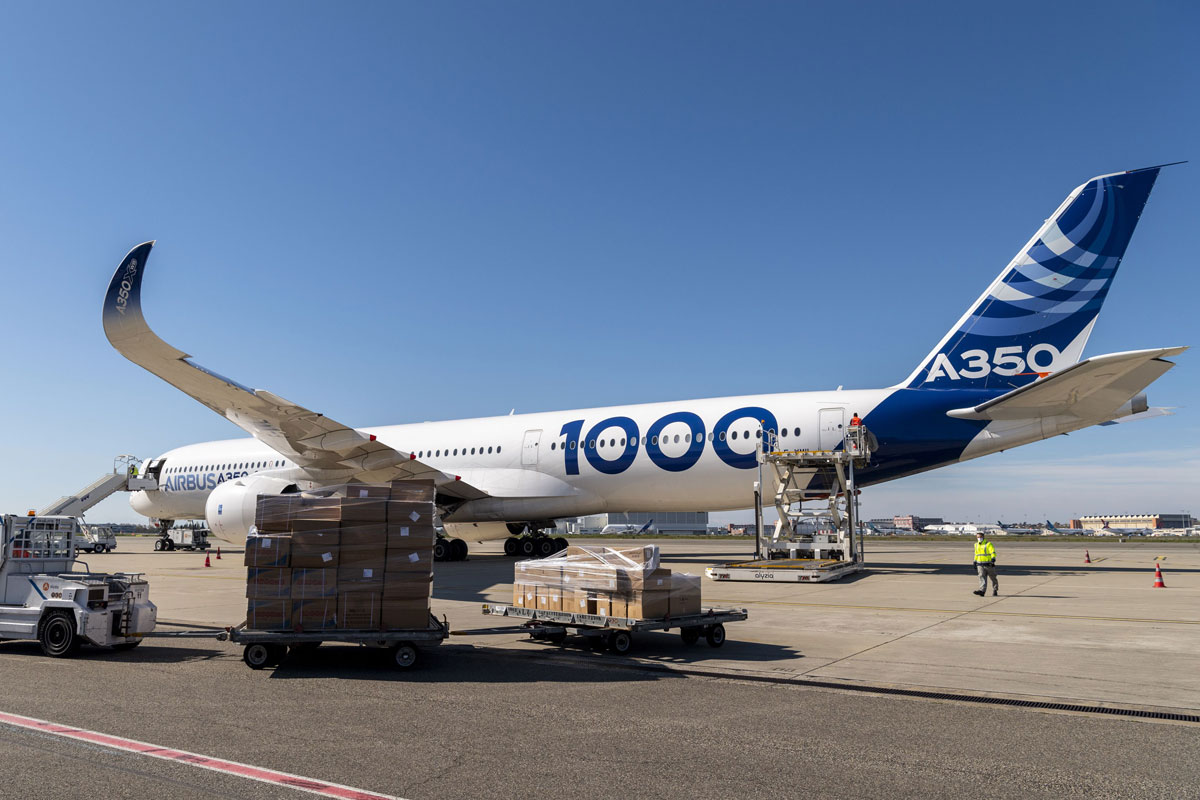There is no doubt that China is the only country capable of breaking Boeing and Airbus’ duopoly in commercial aviation. The country’s air transport market is expected to overtake the US by 2022 and will require a unique aircraft fleet.
In this scenario, the Chinese were expected to decide to develop their own line of commercial aircraft whose main star is the C919. The twin-engine COMAC jet is a direct competitor to the Airbus A320 and Boeing 737, but promising a far lower price than the two western aircraft. Nevertheless, the development program has struggled despite pressure to get the C919 into operation as soon as possible.
To speed up testing, the jet will have six prototypes dividing certification tasks and this week the fifth of them joined the program. Designated 105, the plane took off from Shanghai’s Pudong International Airport on Thursday.
The flight lasted an hour and 37 minutes and went smoothly. According to COMAC, the fifth plane will be responsible for testing in adverse climates including operations in very cold and hot environments.
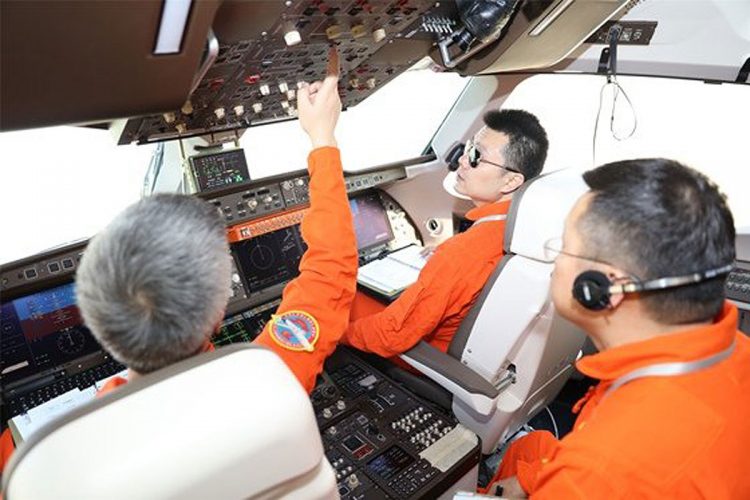
Spied partners
The Chinese rush, however, has prompted a serious accusation in the United States that the Chinese government has been sponsoring hackers to break into Western project partners about ten years ago. This is not about spying on rivals, but on companies that are currently involved in C919 development such as General Electric, Honeywell and Safran.
As cyber security company CrowdStrike revealed last week, Beijing would have identified that aviation growth in the country would be so great that to cope with such demand would have to accelerate the development of an advanced turbofan. And for that, there’s nothing like “cutting the road” by appropriating technology from others, says the company that identified cyber intrusions between 2010 and 2015 across multiple C919 suppliers.
The espionage would have started as soon as COMAC signed a contract to supply Leap-X jet engines with CFM. Not surprisingly, an unprecedented Chinese turbofan, the CJ-1000AX, developed by state-owned AECC, came later with the mission to equip the C919.
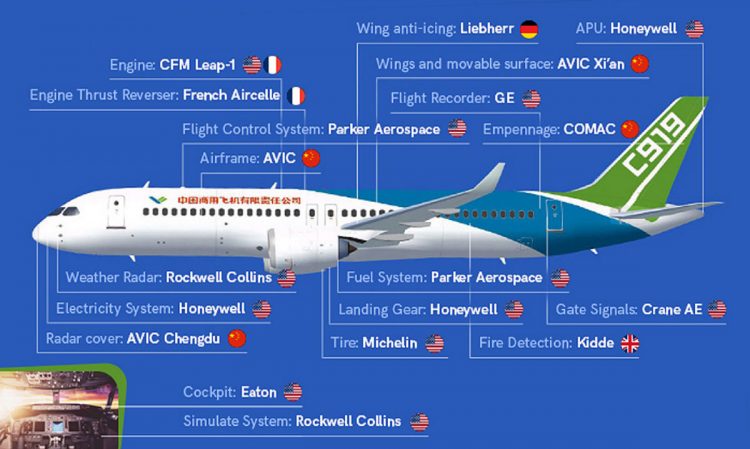
Although technical details of the engine are not yet known, its design is known to be similar to the Leap-1C. The COMAC executives denied the allegations while insinuating that the escalating trade war with the United States could prevent US suppliers from participating in the C919 project.
In the meantime, COMAC is on its journey to try to certify the C919 in time for the jet to go into service by 2021 and the alleged 700 commitment units begin to be delivered. The war with Airbus and Boeing is just beginning.
